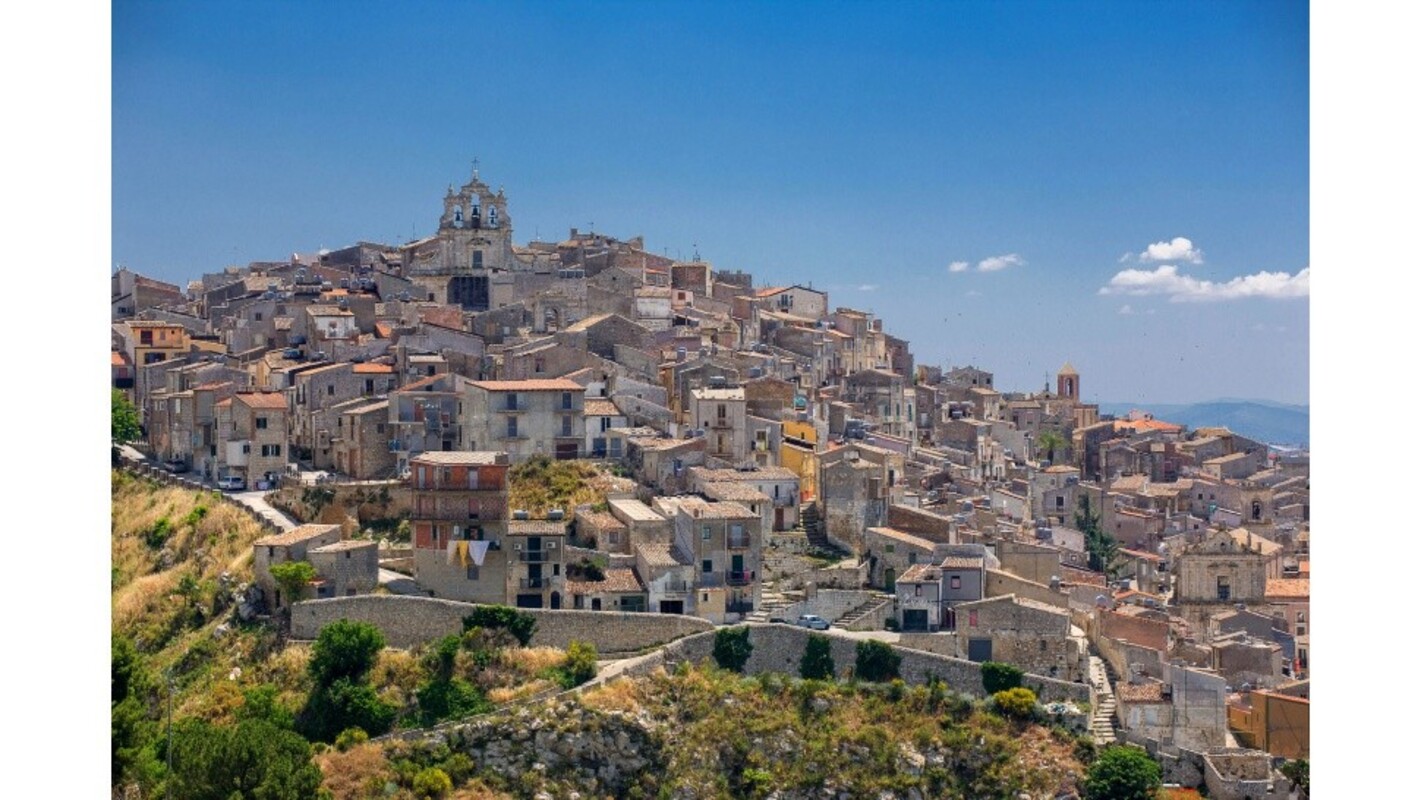
America's biggest challenge facing the coronavirus is the White House
As reported cases of COVID-19 increase, warnings of an impending pandemic are growing and questions are being raised about whether the Trump administration…
The latest reports from the World Health Organization show a more encouraging picture for China, but more worrying for the rest of Asia, the Middle East and Europe.
As the number of new infections in China declines daily, outside the Asian giant it is increasing: South Korea has already reported 977 cases of infection (and 22 successful cases of recovery), Italy 322 (with 1 case of recovery), Japan 170 (22 people have recovered), Iran 95 (no cases of recovery reported), Singapore 91 (53 cases of recovery) and Hong Kong 84 (and 19 cases of recovery).
The increase in the number of cases outside China is disturbing not only in that the virus is reaching more countries, but in that it is reaching countries with more porous borders or worse infrastructure to deal with a problem like this.
The 321 active cases in Italy make the European Union in general vulnerable, as the concept of an open border is at the heart of its conception. The case of Iran is also particularly worrying as it is a country with much less infrastructure to contain the epidemic and care for its convalescents.
The United States, with 49 active cases, is increasingly being alerted to its potential inability to contain a COVID-19 pandemic because, on the one hand, not all states are equally equipped in their health care facilities and laboratories and, on the other, because since 2018 President Donald Trump has been weakening the capacity of institutions to deal with an event of these proportions.
RELATED CONTENT
In 2014 President Barack Obama created a special unit in the White House dedicated exclusively to containing epidemics and Ronald Klain was put in charge, as a kind of epidemic czar. This was during the first cholera outbreak and it seems that the measures taken by the administration had a positive impact on the containment of the disease.
In 2018 this unit was run by Timothy Ziemer and in May of that year, at Trump's request, Ziemer was relocated to the White House and the rest of his staff laid off.
Ronald Klain himself, in an opinion column in The Atlantic, published on January 30, warned about how the president had broken up this branch of the White House and the harmful effects it could have:
“with no one in charge at the White House, there is no authority to resolve disputes between federal agencies; no one to hold agencies accountable for the pace and intensity with which they implement the response; no one to resolve competing requests for congressional funding; and no one to draw on the resources of the security agencies of the government to help support the response.”
In other words, as NYMag described, without the intervention of the White House, the multiple state agencies designed to deal with the situation are like an orchestra full of virtuoso musicians and huge egos, without a conductor to lead them.
President Trump's frequent reluctance to allow scientists to guide him, to assume that his intuitions are sufficient to know what is in the nation's best interest, may find its most lethal consequences this time around, with dire consequences for people across the continent and even great potential to jeopardize his re-election.











LEAVE A COMMENT:
Join the discussion! Leave a comment.